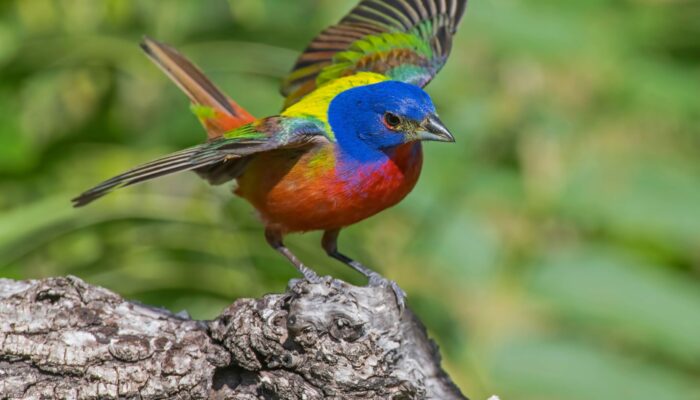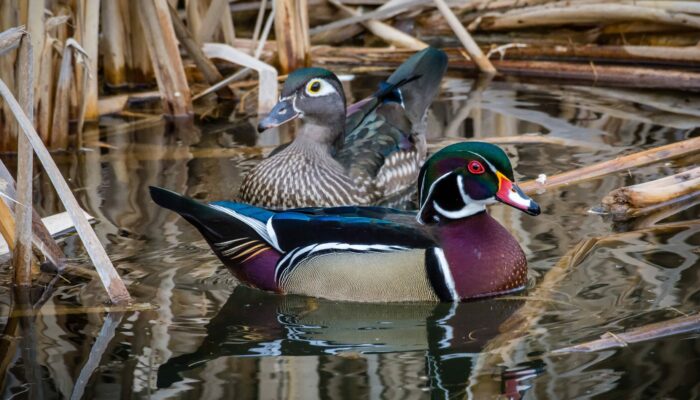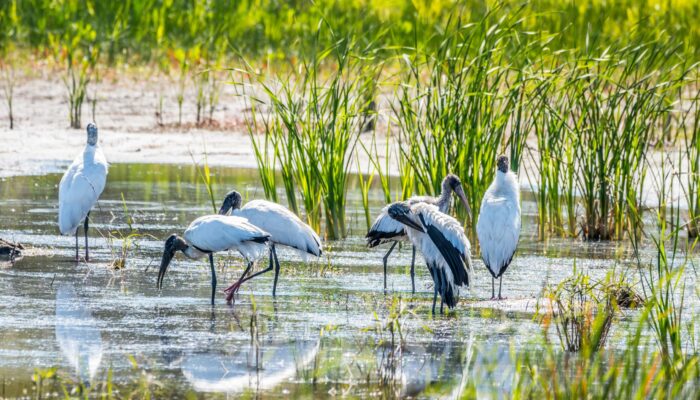untouched beauty
Become one with nature.
Wildlife abounds in Santee Cooper Country, South Carolina. From wood ducks and catfish to white-tailed deer and spotted salamanders, you’re sure to spot some interesting wildlife here. We invite you to visit Santee Cooper Country and enjoy the natural world around you, whether you love fish, birds, or mammals.
Santee National Wildlife Refuge.
Santee National Wildlife Refuge is a must-see for any visitor to Santee Cooper Country. The refuge protects over 15,000 acres of public lands and over 500 species of birds, fish, mammals, reptiles, and amphibians. Due to the diverse habitats of wetlands and open water, as well as forests and fields, many species flourish in the Santee National Wildlife Refuge. Head to the Visitor Center between 8 a.m. and 4 p.m. Tuesday through Friday to pick up maps and brochures.
If you forgot your binoculars at home, you’ll also be able to pick up a backpack for the day, complete with binoculars and field guides, and enjoy the nearly 40 miles of maintained trails in the refuge.
Are you a biker? Great! There are 13 miles of trails that can be used for both hiking and biking. Prefer hiking? Try any of the 13 miles of trails mentioned above that are multi-use, or there are 10 miles of trails just for hikers.
Don’t like either, or are you traveling with young kids or grandparents that might not be up for a hike or a bike ride? We also have you covered. There is a seven-and-a-half-mile auto tour route that gives you the opportunity to enjoy landscape views and many wildlife species from the comfort of your car.





